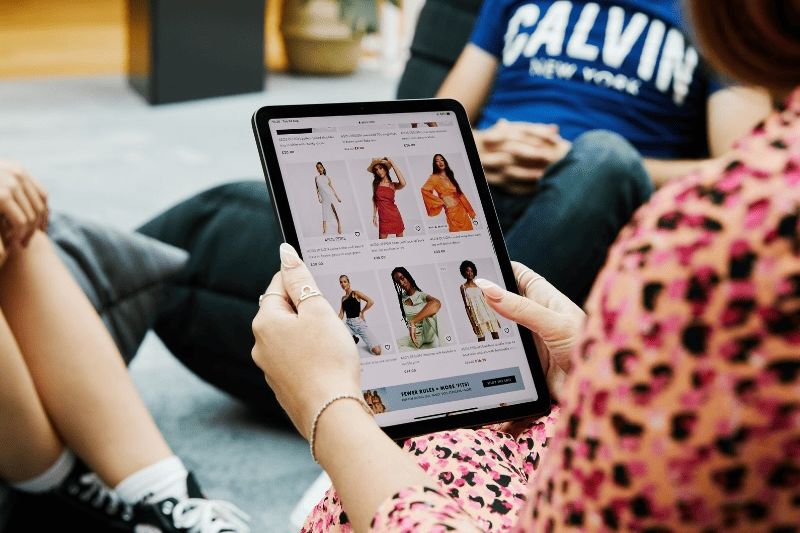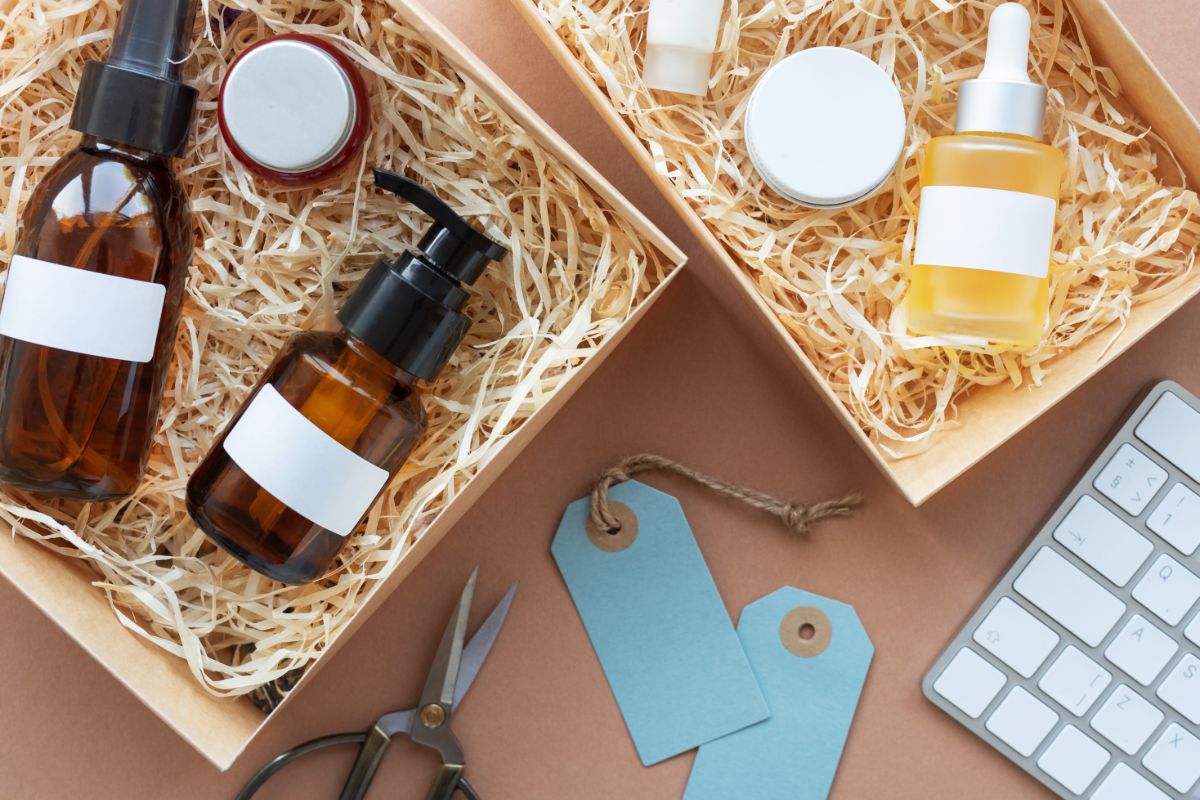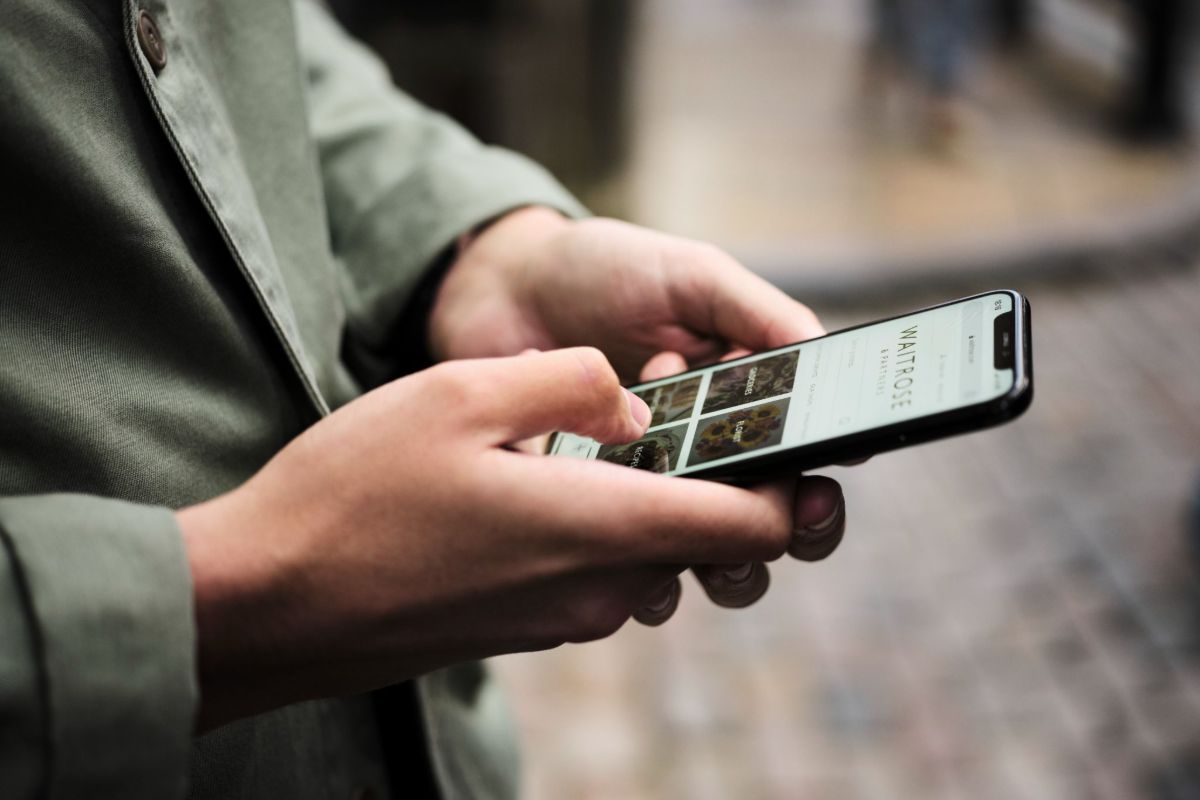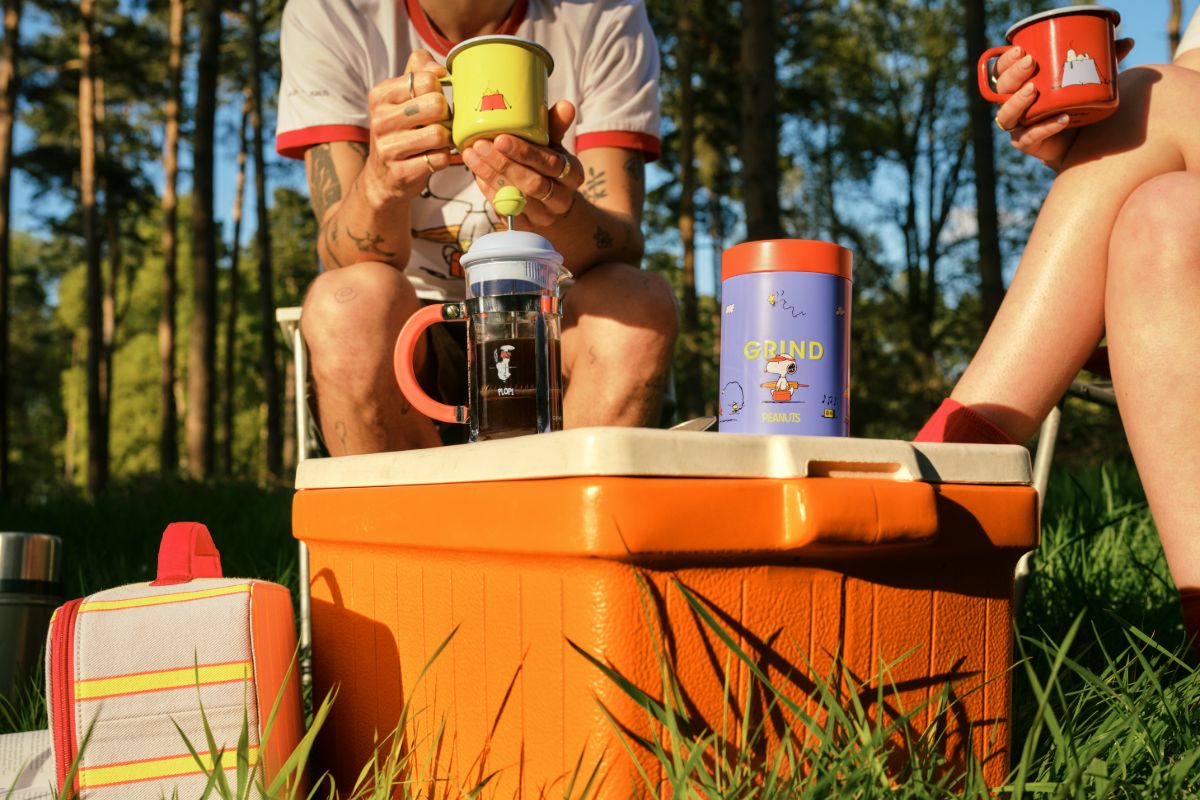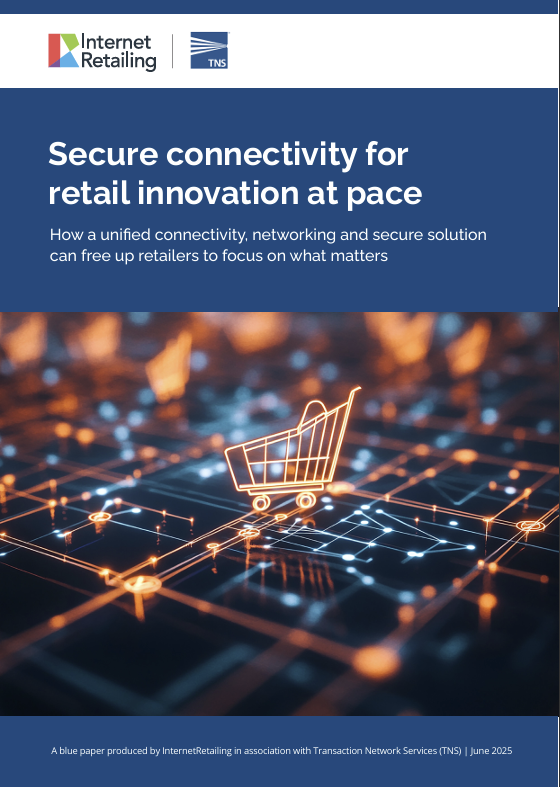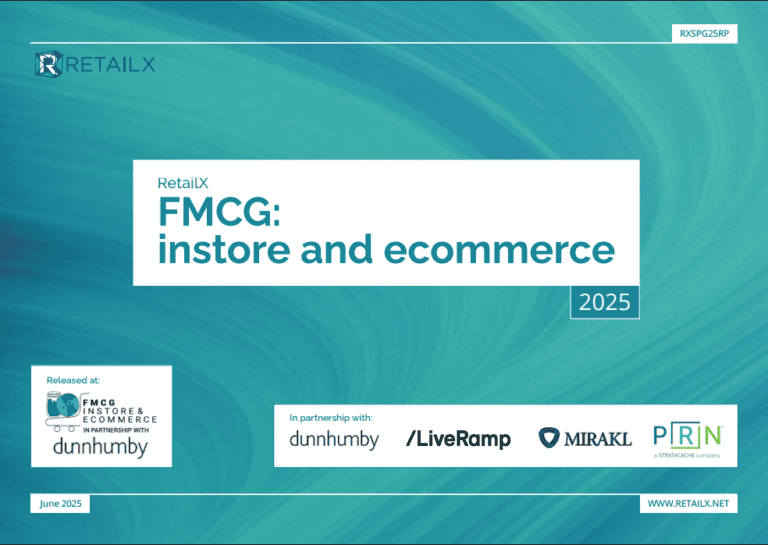The Dandy Lab’s first seven-month experiment in finding out how in-store technology can add to the shopping experience came to an end last weekend. We caught up with co-founder Julija Bainiaksina to hear about the team’s findings – and what happens next.
The Dandy Lab was something of a landmark in Spitalfields, London for the seven months that its doors were open. During that time it was a stopping-off point not only for thirty-something men wanting to buy designer clothing and accessories, but also for those who wanted to see how we might shop in the future.
The store was packed with technological innovation, from a virtual showroom, and digital screens including an interactive styling wall to mobile apps that enabled payment (with security gates that would close if that payment wasn’t made) and Internet of Things sensors that monitored footfall, movement around the store and more. When it opened last August it won many inches of editorial space, devoted to how we might expect to shop in the future.
On Sunday the store shut its doors for the last time, with the ending of its temporary lease. Co-founder Julija Bainiaksina that as postgraduate students at University College London and University of the Arts, London, she and co-founder Peter Jeun Ho Tsang wanted to set up a “laboratory where we can constantly iterate products and test different solutions.” They were supported by a team of specialists including academics, designers, creative technologists, experience architects, app developers and data scientists, with technology contributed by companies including Iconome, Hoxton Analytics, Snap Fashion and Cisco.
What they found has sometimes surprised them. They expected, for example, shoppers to want to read about the stories behind the brands they stocked via digital screens, or to scan the NFC tags attached to each item of clothing for further product information. “We thought this would be interesting for customers,” said Bainiaksina. “But we found that not a lot of people were engaging with the in-store screens. For the majority it’s not really interesting to stand in store and test the displays and learn and read about the brand stories. Some of the customers did scan the tags, and they read the stories, but most of them – around 90% – didn’t really care. Our demographic – male consumers aged between 28 and 45, didn’t really have time to spend five minutes exploring the different products. They want to come into the store, have a look at the products, try it on, and go, or buy. What you want to gain out of the shop depends on your lifestyle.”
The Dandy Lab also monitored app use, testing a app that enabled customers to pay for items, using RFID and barcode technology, via methods such as Apple Pay. Brand stories and product information also featured on the app. “Most of the people we approached with the solutions were interested and impressed. About 42% downloaded the app. We proved there must be a pull for the customer to use the shopping app in the environment – in this case to make a payment.”
Internet of Things technology from Cisco included switches that helped to connected sensors into one network, counting footfall passing by the shop, analysing wi-fi use. “In the future every shop will use as many sensors as possible just to analyse consumer behaviour and see whether customers are returning to the shop, where they move within the environment,” said Bainiaksina. Between 8% and 10% of passers by came into the shop; of those that came into the shop, 40% bought. “That suggested our product selection was suitable for our demographic,” said Bainiaksina. “I would say about 70% of people who came into the shop were passers by and came in randomly, while about 30% came in with a purpose.” The bestselling products? Stationery – and in particular a range of funky notebooks with slogans – followed by clothing.
Now that the store has closed, planning is now for the future. The team now aims to convert a 30 square metre shipping container into a store, packed with digital capabilities including apps, and sensors, which will be moved around London, testing how shoppers use the store and how sales compare in different locations. “That type of shop could give us more insights because we can compare the location where we are,” said Bainiaksina. “A shipping container will have very limited space and we’re thinking of making it more into a showroom, with some stock but not a lot. The thinking would be that you’d come into the shop, try some clothes on and see what you like or don’t like, and then pre-order for collection or for home delivery.”
But the team don’t plan to focus on being retailers in their own right in the long-term. The idea, rather is to experiment with technology to advise other retailers on what works – and what doesn’t. “We’re looking into innovation and how we can help other brands to innovate,” said Bainiaksina.
Her message for retailers? “Some brands don’t want to experiment with different technologies because they don’t want to damage their brand image. But by using different technologies you can inspire people around your brand. People who used the mobile payment app in the store thought the Dandy Lab was so innovative – it really makes your brand stand out.”

